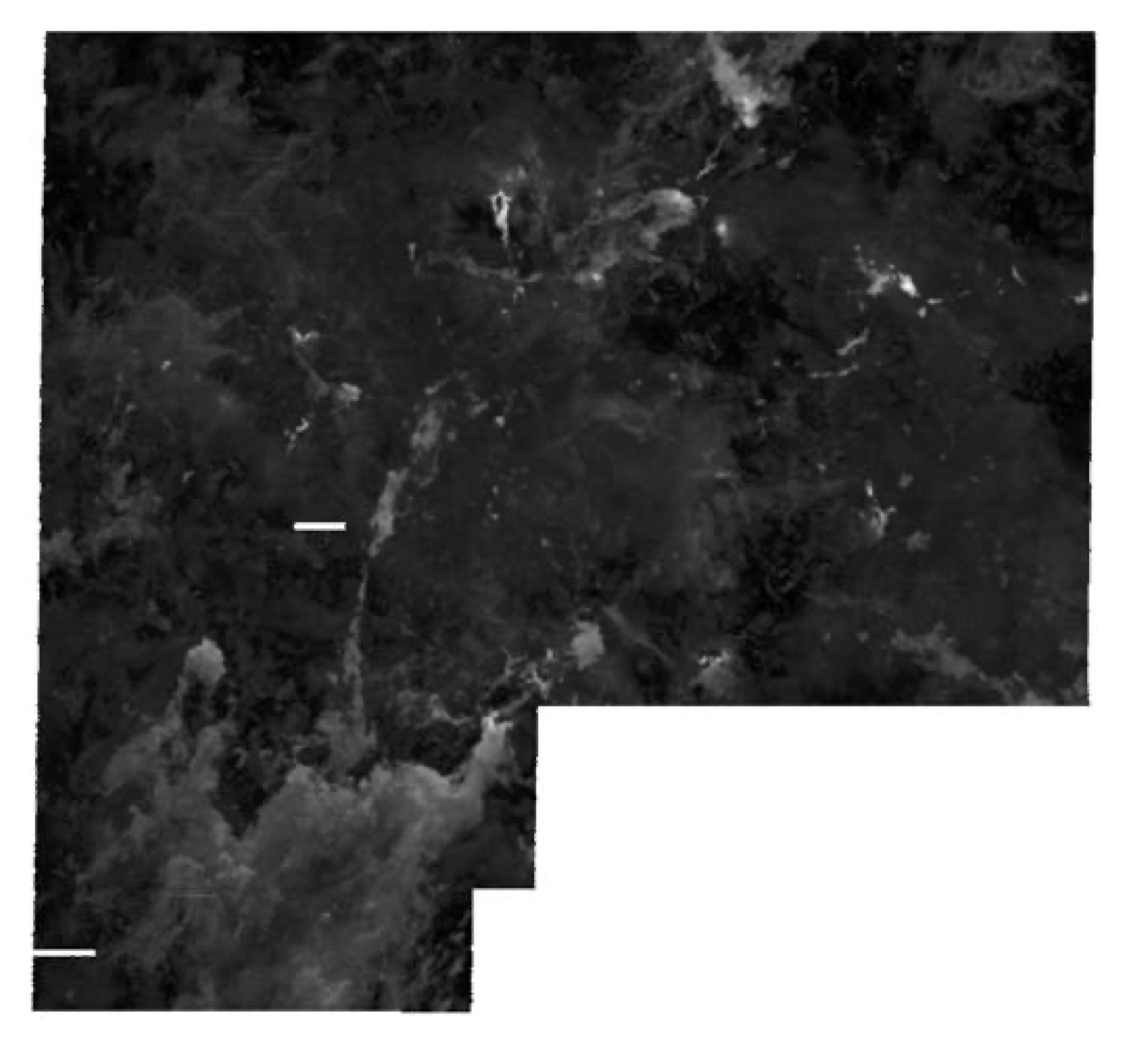The Arizona Radio Observatory (ARO)
The Arizona Radio Observatory (ARO) is a research facility dedicated to radio astronomy, operated by the Steward Observatory at the University of Arizona in Tucson. ARO manages two key radio telescopes: the 12-meter Telescope on Kitt Peak and the Submillimeter Telescope (SMT) on Mount Graham. These instruments are used to observe the universe at millimeter and submillimeter wavelengths, allowing astronomers to study cold, dense regions of space where stars and planets form. ARO has been at the forefront of molecular astrophysics, enabling the discovery and analysis of complex molecules in interstellar space, the structure of molecular clouds, star formation processes, and galactic dynamics. Notably, ARO has been part of the Event Horizon Telescope that maps supermassive black holes (see the press release M87). The observatory serves as a critical training ground for students and researchers in astrophysics.
In Baade et al. (2024), ApJ, 960, 33,
our previous undergraduate student Jonah Baade led a study of the molecular gas
in the Cygnus-X molecular cloud complex. We present new observations of the
southern Cygnus-X complex using CO(2-1) and 13CO(2-1) emission lines,
obtained with the SMT. This region is heavily influenced by stellar feedback
from the nearby Cygnus OB2 association. To investigate the volume density
structure of the molecular gas, we combined our SMT maps with existing CO(1-0)
and 13CO(1-0) data from the
Nobeyama 45-meter Cygnus-X CO Survey.
We applied excitation modeling using RADEX
to estimate local physical conditions and gas densities across the region.
Jonah identified velocity-coherent components within the data,
particularly those associated with the high-density structures.
These selected structures were used to construct an empirical volume density
probability distribution function (ρ-PDF), representing
the distribution of gas volume densities in Cygnus-X. The resulting ρ-PDF
followed a power-law form, spanning densities between 104.5 and
105.5 cm-3, with a best-fit slope of α = -1.12 ± 0.05.
This slope is notably shallower than predicted by models of gravitational
collapse or rotationally supported cloud structures, which typically yield
steeper density distributions. We interpret this as a possible
signature of stellar feedback -- likely from Cygnus OB2 -- disrupting or reshaping
the gas and injecting turbulence into the cloud.
